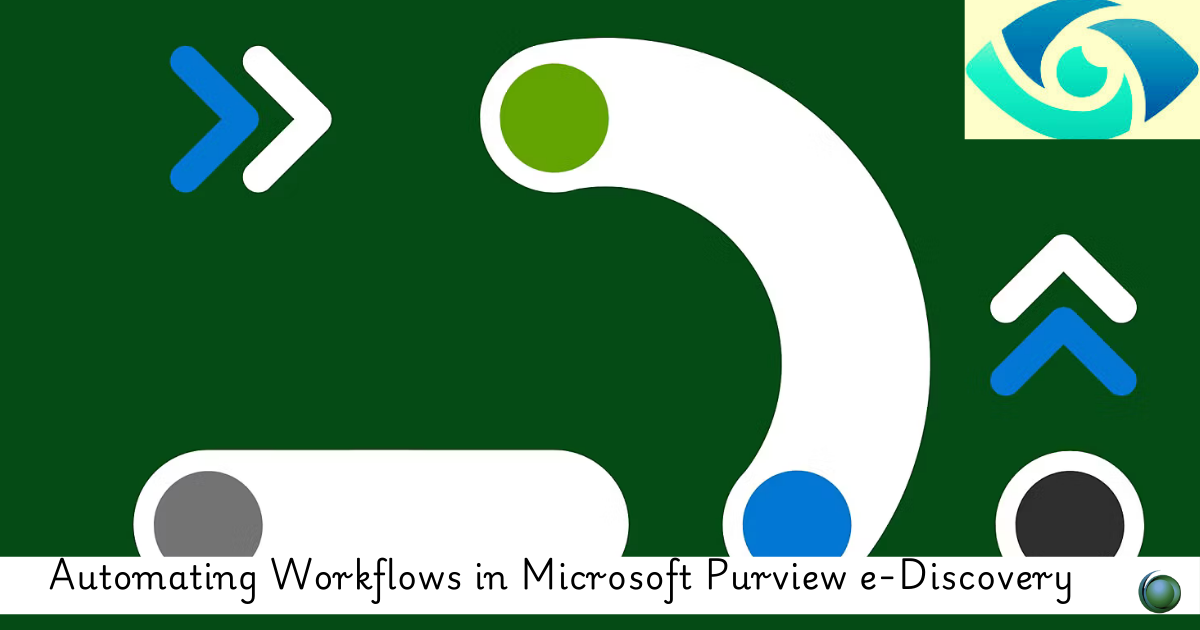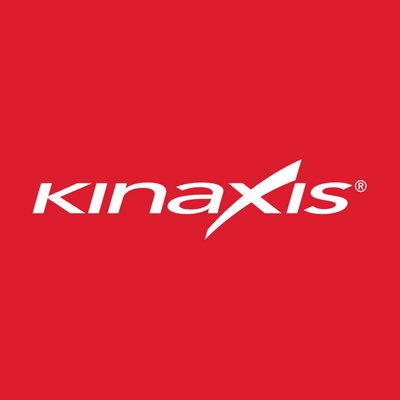Description
Introduction of Automating Workflows in Microsoft Purview
In the rapidly evolving field of e-discovery, the ability to automate workflows can significantly enhance efficiency and accuracy. Microsoft Purview offers powerful tools to automate various aspects of the e-discovery process, helping organizations save time, reduce manual errors, and streamline compliance efforts. This training course will provide participants with a comprehensive understanding of how to leverage automation within Microsoft Purview e-discovery. Attendees will learn to design, implement, and manage automated workflows that improve data management and compliance while ensuring legal standards are met.
Learning Outcomes:
- Understand the principles and benefits of workflow automation in e-discovery.
- Gain hands-on experience in setting up and managing automated workflows in Microsoft Purview.
- Learn best practices for integrating automation into existing e-discovery processes.
- Explore real-world scenarios where automation enhances e-discovery efficiency.
Prerequisites of Automating Workflows in Microsoft Purview
- Basic understanding of e-discovery processes and terminology.
- Familiarity with Microsoft Purview and its core functionalities.
- Experience with workflow management systems is beneficial but not required.
Table of Contents
1: Introduction to Automation in e-Discovery
1.1 Overview of e-Discovery
1.1.1 Definition and significance of e-discovery.
1.1.2 Key phases and processes in e-discovery.
1.2 Understanding Automation
1.2.1 What is workflow automation?
1.2.2 Benefits of automation in e-discovery processes.
1.3 Introduction to Microsoft Purview Automation Features
1.3.1 Overview of automation tools within Microsoft Purview.
1.3.2 How automation integrates with e-discovery functionalities.
2: Designing Automated Workflows
2.1 Principles of Workflow Design
2.1.1 Key considerations for designing effective workflows.
2.1.2 Understanding the components of a workflow in e-discovery.
2.2 Creating Automated Workflows in Purview
2.2.1 Step-by-step guide to creating workflows using Microsoft Purview.
2.2.2 Hands-on activity: Designing a basic automated workflow.
2.3 Best Practices for Workflow Design
2.3.1 Tips for optimizing workflow efficiency and effectiveness.
2.3.2 Discussing common pitfalls and how to avoid them.
3: Implementing Automation in e-Discovery Processes
3.1 Setting Up Automated Tasks
3.1.1 Overview of tasks that can be automated in e-discovery.
3.1.2 Hands-on activity: Implementing automated tasks in a workflow.
3.2 Managing Notifications and Alerts
3.2.1 Configuring notifications for automated tasks.
3.2.2 Best practices for ensuring timely alerts and updates.
3.3 Integrating Automation with Data Collection
3.3.1 How to automate data collection processes in e-discovery.
3.3.2 Discussing compliance considerations during data collection.
4: Advanced Automation Techniques
4.1 Using Scripts and APIs for Automation
4.1.1 Overview of scripting and API usage in workflow automation.
4.1.2 Benefits of custom automation solutions.
4.2 Conditional Logic in Workflows
4.2.1 Implementing conditional logic to enhance workflow functionality.
4.2.2 Hands-on activity: Creating conditional workflows.
4.3 Testing and Validating Automated Workflows
4.3.1 Techniques for testing automated workflows for reliability.
4.3.2 Best practices for validating workflow outcomes.
5: Monitoring and Managing Automated Workflows
5.1 Monitoring Workflow Performance
5.1.1 Tools and techniques for monitoring automated workflows.
5.1.2 Understanding key performance indicators (KPIs) for workflows.
5.2 Troubleshooting Common Issues
5.2.1 Identifying and resolving common issues in automated workflows.
5.2.2 Hands-on activity: Troubleshooting scenarios.
5.3 Maintaining and Updating Workflows
5.3.1 Best practices for maintaining and updating automated workflows.
5.3.2 Discussing the importance of regular reviews and adjustments.
6: Compliance and Security Considerations
6.1 Understanding Compliance in Automation
6.1.1 Key compliance requirements for automated workflows in e-discovery.
6.1.2 Ensuring data security during automated processes.(Ref: Microsoft Purview Compliance Solutions for e-Discovery)
6.2 Implementing Security Measures
6.2.1 Strategies for securing automated workflows and data.
6.2.2 Discussing the importance of access controls and permissions.
6.3 Case Studies on Compliance Challenges
6.3.1 Reviewing real-world case studies related to compliance in automation.
6.3.2 Lessons learned and best practices derived from case studies.
7: Real-World Applications of Automation
7.1 Analyzing Successful Automation Implementations
7.1.1 Reviewing case studies that highlight successful automation in e-discovery.
7.1.2 Discussing the impact of automation on workflow efficiency.
7.2 Group Discussion: Participant Experiences
7.2.1 Facilitated discussion on participants’ experiences with automation.
7.2.2 Sharing insights and challenges faced in implementing automation.
7.3 Future Trends in e-Discovery Automation
7.3.1 Exploring emerging trends and technologies in automation.
7.3.2 Discussing the future of automated workflows in e-discovery.
8: Conclusion and Q&A
8.1 Recap of Key Learnings
8.1.1 Reviewing main concepts and skills learned throughout the training.
8.1.2 Encouraging participants to apply learned skills in their organizations.
8.2 Resources for Continuous Learning
8.2.1 Providing resources for further learning and support on automation in e-discovery.
8.2.2 Encouragement to stay updated with new developments in Microsoft Purview.
8.3 Open Q&A Session
8.3.1 Addressing participant questions and clarifications.
8.3.2 Discussing specific concerns or challenges participants may face in their roles.
This training course aims to empower participants with the knowledge and practical skills needed to automate workflows in Microsoft Purview e-discovery, enabling them to enhance their organization’s efficiency and compliance efforts.







Reviews
There are no reviews yet.